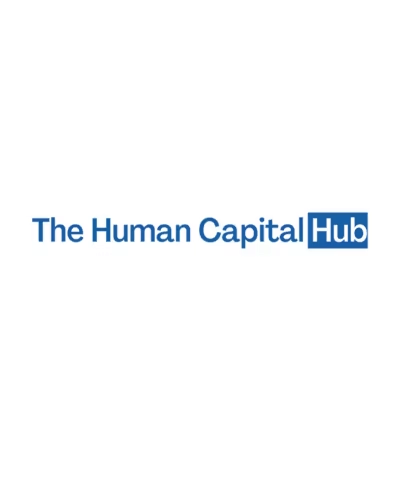Manufacturing moves fast. All it takes is one broken machine to throw a day’s work off schedule. That's where CMMS comes in, and not just as software. It is a change in how you manage maintenance and ensure things continue to run at all times and, of course, at crucial points in manufacturing. Let’s face it: neglecting maintenance is like not servicing your bike and hoping to keep it running forever. Now, isn’t that a bit unreasonable? A Computerized Maintenance Management System tracks more than just the number of times you submit service tickets. It keeps your plant alive. Let’s understand how a system can manage to do that.
What Is a CMMS?
Let’s strip it down and discuss the CMMS meaning first. A CMMS is software, sure. But that’s not the whole tale. Think of it as a planner, organizer, and mechanic for your plant, all in one. It schedules preventive maintenance, tracks assets, logs repair histories, and helps identify problems before they become crises.
Now, this is where it gets interesting. CMMS goes way beyond databases and auto-alerts. In manufacturing, discipline is what CMMS represents! It is a habit, a way of working smarter, not harder. It is also about creating a culture in which every machine is tracked and every minute of downtime gets questioned.
Maintenance Chaos vs. CMMS Clarity
Before CMMS, manufacturing plants often used paper logs, whiteboards, and age-old wisdom. There was always someone who knew exactly how to fix that one annoying conveyor belt, but what if they were out sick? Or worse, they quit? That’s chaos.
CMMS offers clarity. It documents everything done, who did it, when, and why. It provides you with data, not speculation. You can stop fighting fires and start making a plan. Plus, your team gets notifications. Spare parts are tracked. Also, you will likely quit buying things “just in case,” finally!
People Over Paperwork
No one wants to look at a screen all day. Maintenance teams are fond of getting things done without pressure. So, CMMSs should lend a hand, not make the job harder. The best ones are simple and mobile-friendly. They are designed for people who use them, instead of just the managers who pull reports.
When it works, it’s magic. Workers approach a machine, scan a QR code, and bring up its history. Because QR codes can be abused in social engineering, teams should understand how malicious QR code scams operate to avoid scanning tampered labels in industrial spaces. They log what’s wrong and take a photo. Once done, they mark it completed, and the team knows the job is done. There is no paperwork, misunderstanding, or tracking down components all over the floor.
Information like that can lift employee morale. When people think their work matters, they perform better.
CMMS Drives Smarter Decisions
Picture being aware of your top five troublesome machines without sifting through spreadsheets. That’s what a CMMS gives you. It reveals patterns. It could be that a motor always fails after 800 hours. Or, downtime spikes every summer—maybe the HVAC system has difficulty keeping up with the heat?
This type of insight changes what you budget for, what inventory you order, and how you schedule shifts. It's not tech for the sake of technology. It’s about better decisions. Ones that are backed by data, not gut feelings.
Compliance is also something to consider. Safety checks, inspections, and audits are part of the job. A CMMS ensures these records are neat and organized—no more panicked hunts the night before the auditor arrives.
Culture Change, Not Just Code
Here’s something that most people miss: By implementing a CMMS, you’re changing habits. This is not simply plug-in-the-software-and-you’re-done. You need buy-in from the floor. That means training. It means trust. And, yes, that might mean letting go of the old way of doing things.
But the payoff is enormous. Machines run better, technicians waste less time, and managers sleep easier. You run a plant where maintenance is respected, not resented.
Don’t Overcomplicate It
The ideal CMMS platforms are user-friendly, simple to configure, and scalable as you scale. Start small. Select one process, like preventive maintenance, and digitally track how well you do it for a month. Watch what happens.
You will probably catch a few minor problems before they become big. Thousands can be saved by that alone. CMMS isn’t just another way of fixing stuff faster. It’s about being efficient, making intelligent decisions, and allowing people to do what they do best.
Conclusion
If production is your body, maintenance is the heartbeat. And a CMMS? That’s your monitor. It monitors and tells you when something is wrong and helps maintain good health. So, when someone says “just software,” next time, smile because you know better. It’s your secret weapon—one ticket at a time, changing how the floor runs.
Are you tired of surprises? Perhaps it’s time to rethink what you consider maintenance.



